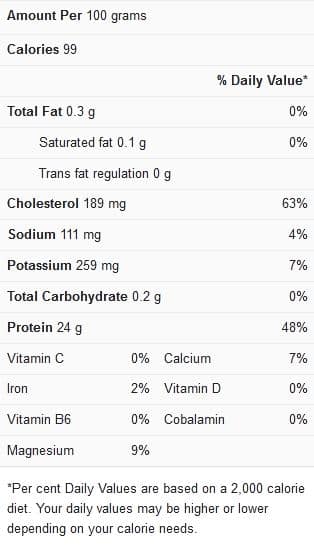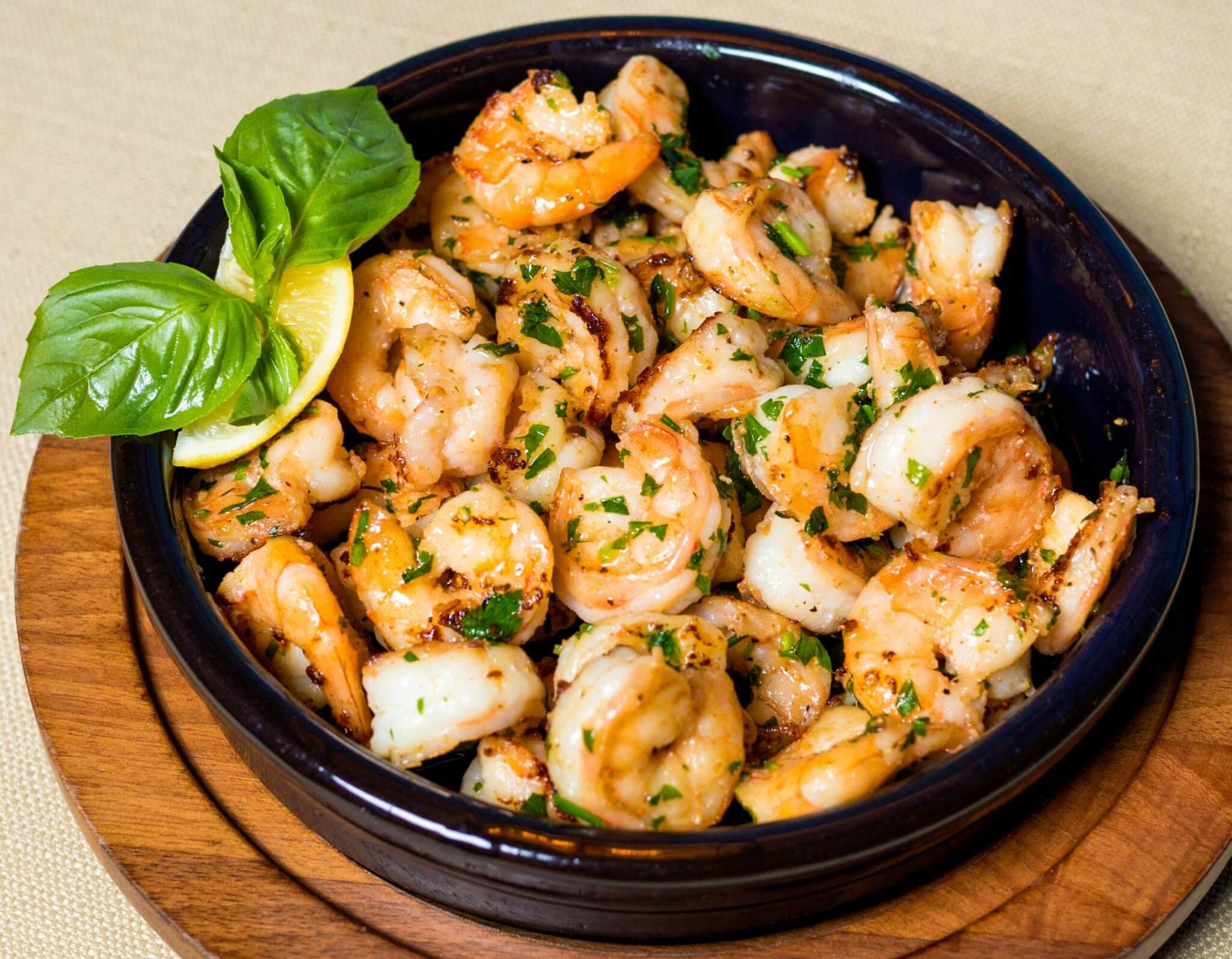For evening meals, last-minute appetizers, or late-night snacks, frozen cooked shrimp dishes make for a fantastic option. It goes nicely with cold meals like shrimp salad and shrimp cocktail, and it gives a sophisticated touch to recipes such as spaghetti, pizza, and stir-fries.
Frozen-cooked shrimp has a lot of prospects for use, but it may be quite a challenge to thaw it properly without losing all the flavor that went into cooking the shrimp in the first place. If you’d like to find out how best to thaw frozen shrimp for the best results, then pay close attention to all the details we’ve provided in this article.
Shrimp Nutrition Facts

Tips for thawing frozen cooked shrimp
Take note of the following tips when working with cooked shrimp straight out of the freezer:
Ideal ways to thaw – According to the USDA Food Safety and Inspection Service, thawing frozen cooked shrimp is best done overnight in the refrigerator or by placing the frozen shrimp in a colander in the sink and then running cold water over it until they get completely thawed.
The main methods to choose from when trying to thaw frozen cooked shrimp have been described below:
Thawing in cold water: Follow these easy steps to thaw your frozen cooked shrimp in cold water:
- In a colander or sieve, arrange the pieces of the frozen cooked shrimp.
- Insert the colander or sieve containing the frozen cooked shrimp within a larger-sized mixing basin. Fill the basin with sufficient cold tap water to cover the frozen shrimp thoroughly.
- Allow the shrimp to soak in the cold water for 10 to 20 minutes or until they get defrosted; make sure to change the water every five minutes to speed up the thawing process. Once the shrimp have been drained afterward, they are ready to use.
Thawing under running water: Follow the outlined steps below if you’d rather thaw your frozen cooked shrimp under running water:
- In a colander or big basin, pour in the frozen cooked shrimp.
- Thaw the shrimp under cool tap water until they are no longer frozen. Make sure to run the tap water evenly all over the shrimp; you can do this with the sink spray nozzle.
- To ensure that the shrimp pieces thaw evenly, mix them every three minutes. In 10 to 15 minutes, the shrimp should be completely thawed and ready to use.
- Remove the shrimp from the water completely; also, pat the pieces dry to prevent them from being soggy.
- The cooked shrimp can now be used in a recipe, served on a salad, or eaten with cocktail sauce.
Safety concerns – Thawing shrimp on the counter at room temperature tends to cause hazardous germs to increase, resulting in foodborne disease. When it has thawed fully, it’s also important to use the shrimp right away or store it in a tightly covered container within the refrigerator until you’re ready to use it.
Some recipes to try after thawing – There are some options to choose from when using your frozen cooked shrimp. Try one of the following:
- Cocktail shrimps: A classic shrimp cocktail is one of the best ways to use frozen cooked shrimp in its most basic form. To do this, you’ll need to purchase the best quality of shrimp your budget can afford, and this is because the shrimp is the star of this dish. Cocktail sauce recipes abound, but it’s always a great idea to start with a store-bought version and incorporate your twist to your preferred tastes.
View this post on Instagram
An excellent place to start is with fresh horseradish, chopped cilantro, lemon juice, or minced fresh ginger, but don’t be afraid to explore many other options.
- Shrimp salad: The renowned shrimp roll is another alternative that doesn’t require additional cooking after thawing your frozen cooked shrimp. This shrimp roll is a beach-town classic up and down the East Coast, consisting mostly of shrimp salad presented on a bun, in some cases with a bit of lettuce and tomato.
To make a delectable salad, coarsely chop the thawed shrimp and combine the pieces with some mayonnaise, pickle relish, and plenty of fresh dills. Serve the shrimp salad on buns with fresh green lettuce, or form a lettuce wrap by placing the shrimp salad on separate Boston lettuce leaves.
- Serve with hot meals: Another option to try with frozen cooked shrimp is to throw them into a pot of boiling pasta, but ideally, this should be done during the last minute of the cooking process. Afterward, the shrimp can be drained with the pasta and served with your favorite sauce. A spicy Asian-style stir fry, for instance, can benefit from the addition of frozen shrimp. To get the shrimp properly heated through, add them during the last couple of minutes of cooking.
You may also choose to put the thawed shrimp on top of an omelet and add an extra topping of bearnaise sauce for an unexpected, beautiful brunch delight. You can add the shrimp to your meal right before serving because the shrimp have already been cooked.
Dealing with leftover frozen cooked shrimp – Save any remaining pieces of your thawed cooked shrimp for a great lunch the next day. According to the USDA Food Safety and Inspection Service, any leftovers from the meal that has remained at room temperature for more than two hours should typically be discarded. Also, to limit the danger of hazardous microorganisms, reheat leftover shrimp to at least 165 degrees Fahrenheit.
Conclusion
When added to a salad, served with cocktail sauce, or added into any of your favorite recipes, you’ll find how much of a delightful inclusion that frozen cooked shrimp can be in a lot of meals. It also makes setting up dinner quick and easy.
If you ever need to thaw your frozen cooked shrimp for use right away, defrost them using any of the methods described in this article. Within 30 minutes, you should have your cooked shrimp ready to serve in any delicious way you choose.
